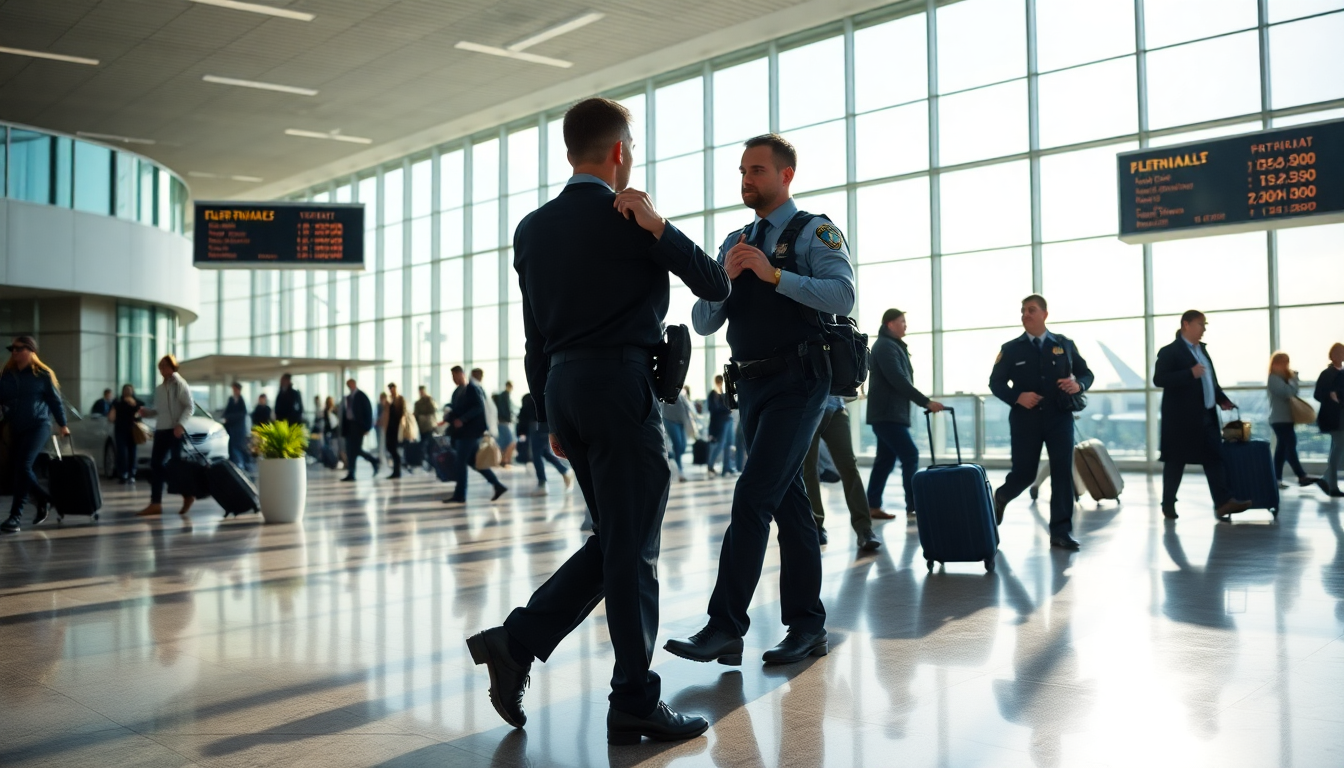Table of Contents
On Thursday morning, a wave of bomb threats aimed at several Canadian airports sent shockwaves through the travel community, leading to urgent evacuations and numerous flight delays. Airports like Ottawa, Montreal, Edmonton, Winnipeg, Calgary, and Vancouver were all caught in the crosshairs, prompting quick action from NAV Canada and local authorities to keep passengers and staff safe. But how does such an unsettling situation unfold, and what does it mean for travelers?
The Initial Response: How Airports Reacted
NAV Canada, the entity responsible for air traffic control across the nation, was quick to respond, confirming they received alerts about the threats early in the morning. In a bid to ensure safety, a temporary ground stop was put in place at the affected airports. They reassured the public that all staff at these locations were safe and working closely with law enforcement to manage the situation effectively. But what should travelers do in such uncertain times?
Travelers were encouraged to stay in the loop by checking directly with their airlines for the latest updates on flight statuses. As the hours passed, some airports started to cautiously resume services, though safety remained the top priority. This raises the question: how can you prepare for unexpected disruptions when traveling?
Impact on Flights and Passenger Experience
Reports indicated significant disruptions, especially at Montréal-Trudeau International Airport, where the control tower was evacuated as a precaution. Thankfully, as investigations progressed, services began to pick up again, allowing flights to operate once more. However, with the situation still evolving, passengers were advised to double-check their flight statuses before heading out. Have you ever felt that nervous energy when your travel plans are suddenly thrown into chaos?
In Ottawa, the local airport confirmed an ongoing investigation into a related security incident, adding another layer of complexity to travel plans. Travelers were urged to stay updated and exercise caution as they navigated through this uncertainty. In comparison, Winnipeg Airport reported only minimal impact, suggesting a more stable environment there than at other affected locations.
Investigations and Safety Protocols in the Spotlight
The Ottawa Police Service announced their partnership with the Ottawa Airport to investigate the security incidents. However, details about the threats remained under wraps, raising questions about the effectiveness of current security measures. With the situation shifting, further updates from NAV Canada and the U.S. Federal Aviation Administration indicated that ground stops had been lifted at both Montreal and Ottawa airports. What does this mean for the future of airport security?
As travelers remained vigilant during this unsettling time, it was clear that airports and authorities must reassess safety protocols to ensure robust measures are in place. It’s essential to maintain public confidence in air travel—after all, how can anyone feel safe if they’re constantly worried about potential threats?
Looking Ahead: What Lies Ahead for Air Travel?
As investigations wrap up and normal operations slowly return, the ramifications of these bomb threats on Canadian air travel are far-reaching. Airports might find themselves under increased scrutiny regarding their security measures and crisis response strategies. These incidents highlight the importance of vigilance and readiness in today’s unpredictable world.
For travelers, staying aware of potential disruptions and keeping connected with airlines for updates is crucial. As the industry grapples with these challenges, prioritizing safety while enhancing the travel experience is paramount. With the right strategies in place, the air travel sector can work towards regaining stability and restoring passenger trust. Are you ready to navigate the skies again?


